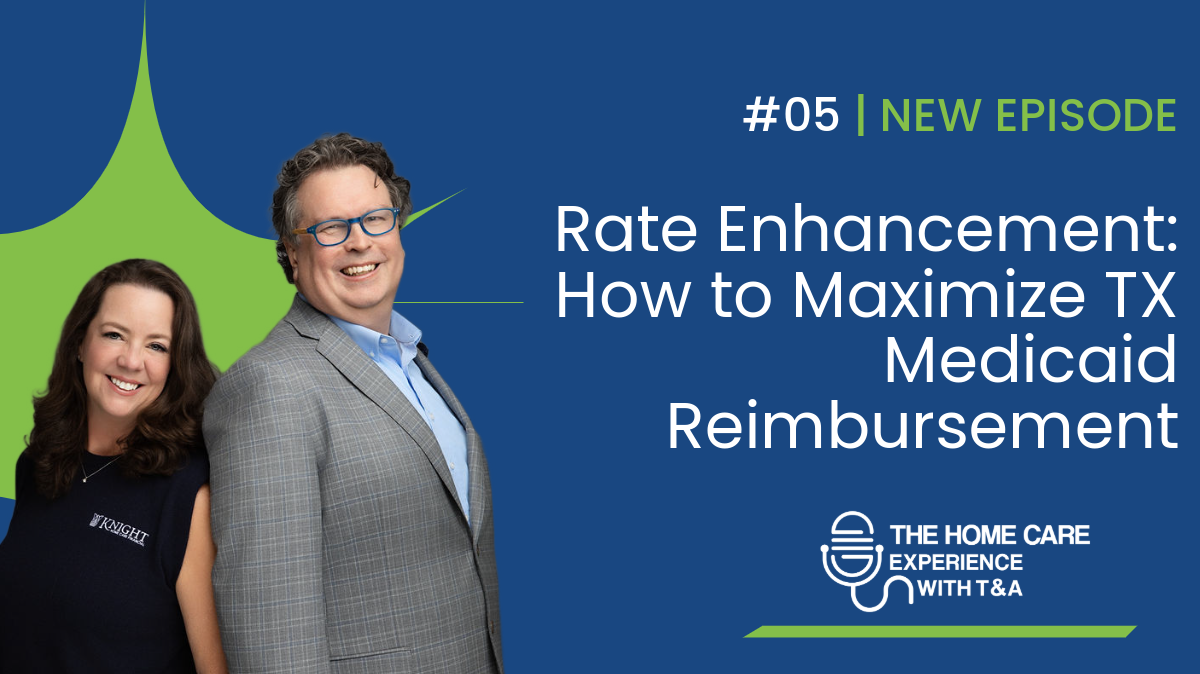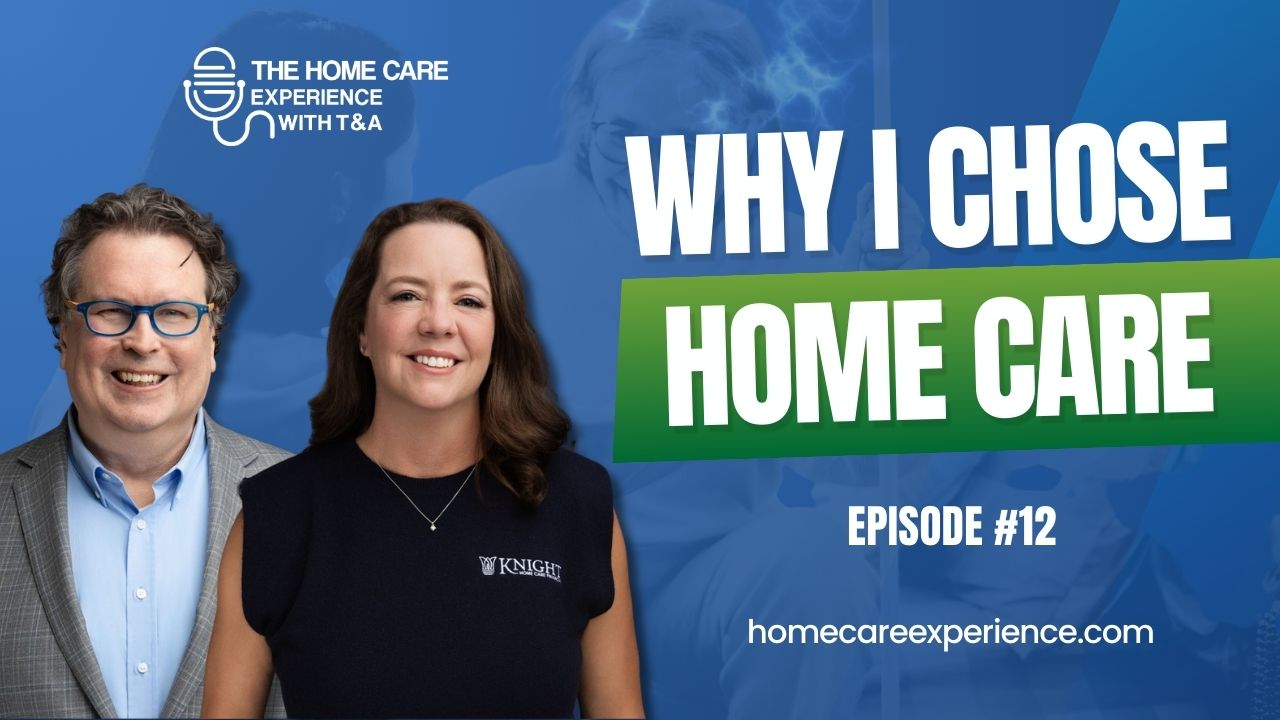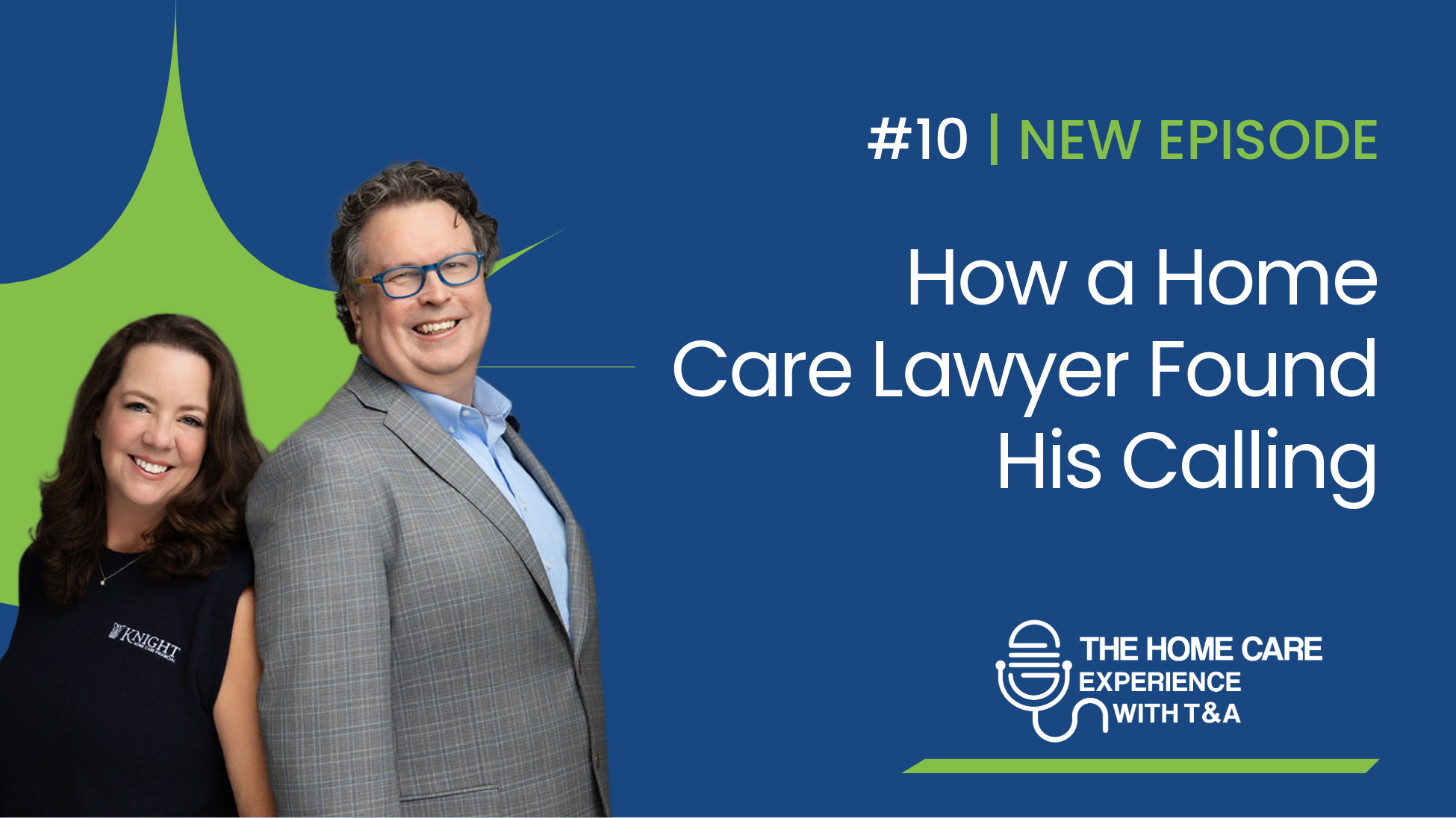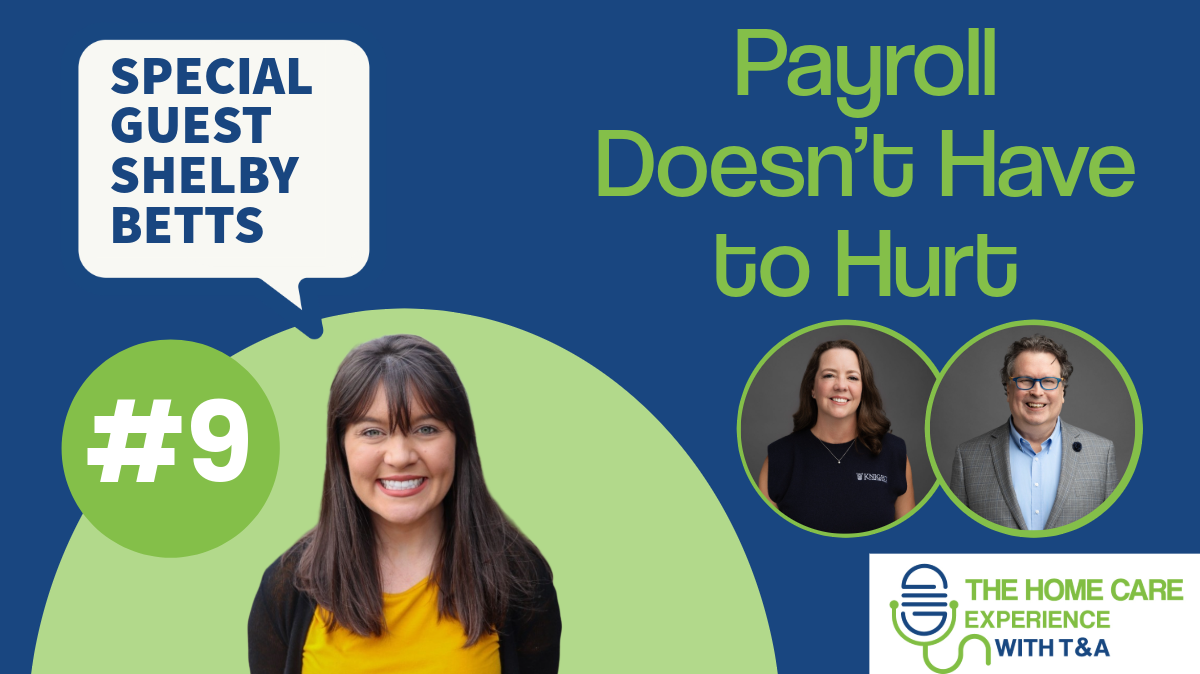Medicaid Rate Enhancement: Protecting Your Bottom Line in Home Care
Insights from Episode 5 of The Home Care Experience with T&A
In this episode of The Home Care Experience with T&A, Amy Taylor and Troy Brooks shine a spotlight on a complex but critical topic for home care providers: Medicaid Rate Enhancement. If you’re in personal assistance services and want to ensure you’re getting reimbursed at the highest possible level—without facing painful recoupments—this is a must-listen.
What is Medicaid Rate Enhancement?
Rate enhancement is exactly what it sounds like—a financial boost to your standard Medicaid reimbursement rate. Administered by the state (via HHSC’s Provider Finance Department), the program allows home care agencies to apply for different reimbursement levels that can significantly improve their financial outlook.
But here’s the kicker: that extra money comes with strings attached. If you’re not spending 90% of the attendant portion of those funds properly, you could face costly consequences—both in dollars and in future eligibility.
Key Highlights from the Episode
1. Understanding the Levels
There are up to 35 rate enhancement levels, each increasing your reimbursement in $0.05 increments. However, providers can only climb three levels per year, making long-term planning essential.
2. The Compliance Catch
To keep your enhanced rate, you must spend at least 90% of the attendant component on direct care expenses—like wages, bonuses, taxes, mileage, and benefits. The administrative portion (a fixed ~$2.70) is excluded from that calculation.
3. Why Bonuses Are Smarter Than Raises
Troy and Amy hammer home a vital point: don’t use your enhancement to fund hourly wage increases. Why? Because if your level drops (say, due to a change in ownership), you’ll be stuck with an inflated wage base you can’t legally reduce without risking staff turnover. Bonuses, however, are flexible and easier to manage.
4. Cost Reporting and Avoiding Recoupment
If your annual cost report shows you didn’t meet the 90% spending requirement, you face more than a clawback—you can lose levels of enhancement. That’s years of potential revenue wiped out due to poor tracking.
Amy advises providers to calculate their spending requirements quarterly. A $0.05 shortfall may not sound like much—but over 100,000 hours of care, it adds up fast.
Practical Tips from Amy
Use Accrual Bonuses to meet spending requirements at year-end (you have until June 30th to pay them).
Label your bonuses clearly—“Prior Year Bonus” should be visible in payroll to prevent double-counting in future cost reports.
Segregate payroll codes for attendants doing admin work to avoid underreporting or noncompliance.
Common Pitfalls and Warnings
Change of Ownership = Reset
If your agency undergoes a CHOW (change of ownership), your contract resets—and so does your rate enhancement level. Plan succession strategically to avoid unnecessary financial backslides.
New Providers Beware
New entrants often don’t realize rate enhancement has strict rules. Without understanding the compliance requirements, many end up surprised by recoupments or rate downgrades.
Incomplete or Incorrect Cost Reports
Even minor errors—like reporting wages slightly above or below expected levels—can trigger flags in the STARS system and delay processing.
Listen to the Full Episode
Amy and Troy make this technical topic accessible, with their signature blend of expertise and unfiltered humor. Whether you’re a seasoned agency owner or new to the industry, their insights are invaluable for staying compliant and profitable.
Listen to Episode 5 on Apple Podcasts, Spotify, or TheHomeCareExperience.com
Final Thoughts
Medicaid Rate Enhancement is one of the most powerful tools in a home care agency’s financial toolkit—but it’s also a minefield if not managed correctly. By understanding the program, monitoring your spending, and planning for contingencies, you can protect your margins and better support your caregiving staff.
Want more insights like this? Be sure to subscribe to The Home Care Experience with T&A




